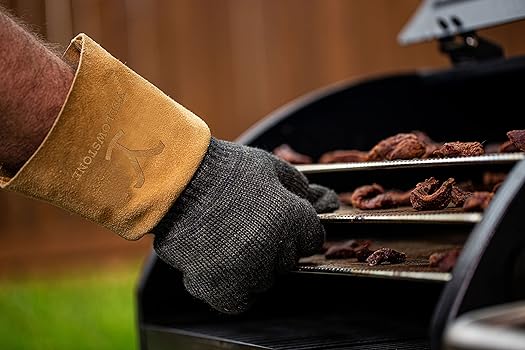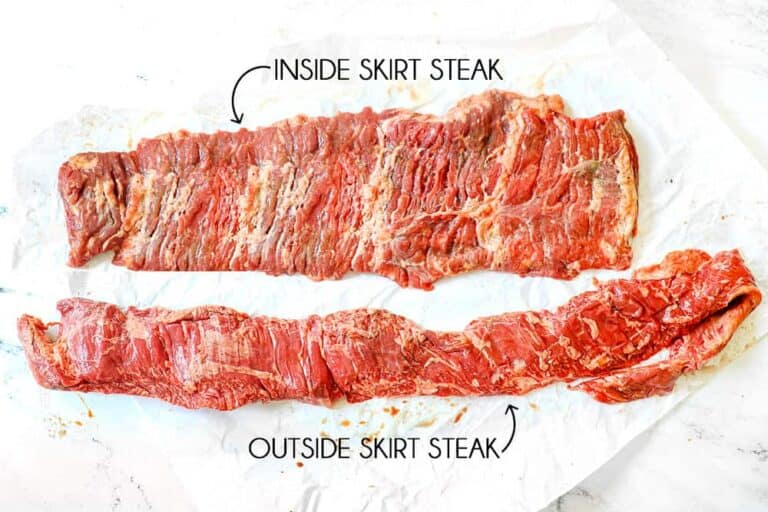BBQ Sauce Main Ingredients Unleashed
Ever wonder what makes BBQ sauce so ridiculously good? It’s all about getting the right balance of elements, not magic. It’s a taste rollercoaster, with a rich, tomatoey foundation, sweet molasses whispers, and a biting spike from vinegar. Not to mention the spices that provide depth and spice. Are you curious in how these BBQ Sauce Main Ingredients become the MVP of your barbecue? As we explore the sultry backstories of BBQ sauce, perhaps you will be motivated to create a homemade concoction. Now let’s get started and master the art of saucing!
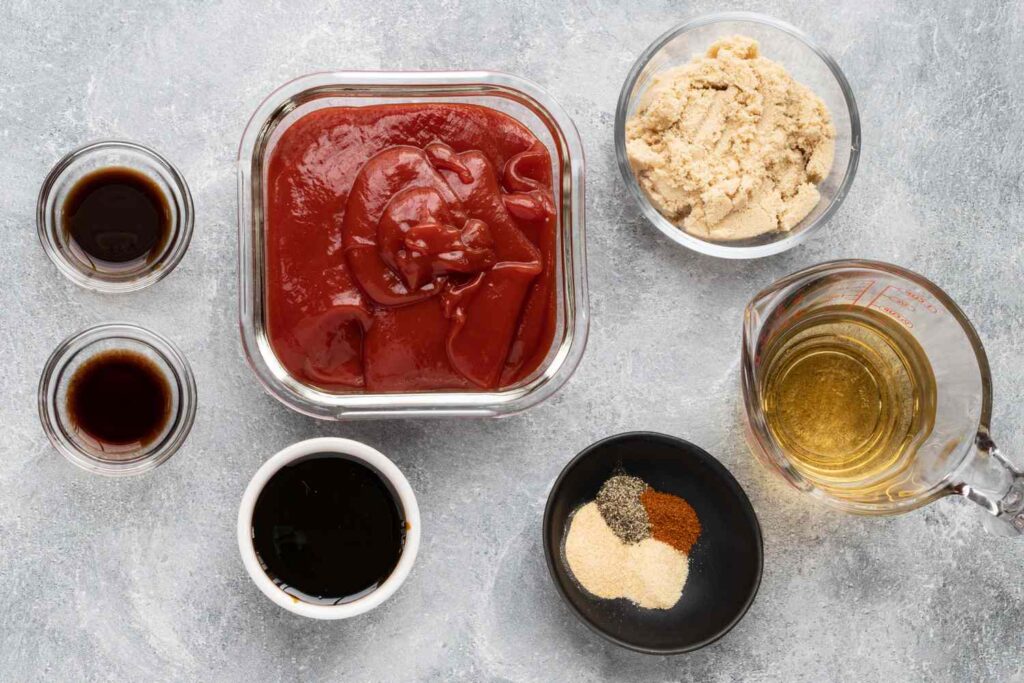
How was Barbecue Sauce Created?
The invention of barbecue sauce is closely related to the history of barbecue, a centuries-old culinary custom. Its origins are in the native peoples of the Caribbean, who used a variety of spices and herbs to cook meat over open flames. European settlers in the Americas adopted and altered this technique, adding additional components like pepper and vinegar.
The barbecue tradition evolved further as Europeans arrived in the American South, greatly influenced by innovative spices and cooking methods brought by African slaves. Barbecue sauce began as a straightforward mixture of vinegar, salt, and pepper; but, when other communities added their own unique ingredients, the sauce took on new forms.
A staple of American cooking, barbecue sauce has a long tradition that reflects the diversity of the country’s cultures. It began in the 19th century when tomato-based sauces were popular, and as tomatoes gained approval as a safe ingredient, it experienced major change.
Because sugar, molasses, and spices were added at this time, the sweet and tangy flavors that we are acquainted with today were first introduced.
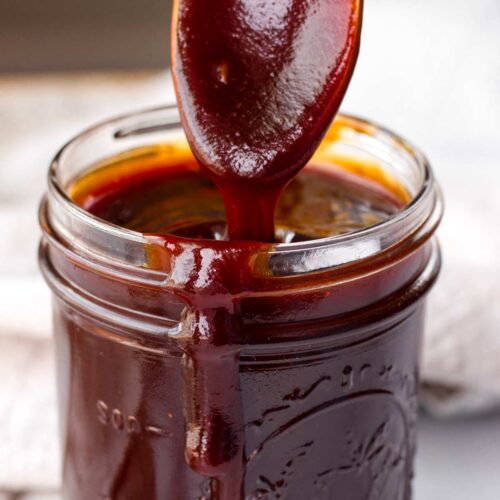
Barbecue sauce became commercialized in the 20th century, giving rise to a variety of regional styles across the country, such as the vinegar-based sauces from North Carolina, the thick, sweet sauces from Kansas City, and the mustard-based sauces from South Carolina. The many cultural influences of indigenous, European, African, and Asian groups are reflected in the evolution of barbecue sauce, each of which has contributed to the distinctive and varied barbecue traditions.
What are the 4 Types of Barbecue Sauce?
Four traditional sauce varieties stand out in the world of barbecue; they each reflect a unique flavor profile and geographical preference. Here’s a brief summary:

- Tomato-Based Sauces: These are perhaps the most common and widely recognized BBQ sauces, especially in the Midwest and South of the United States. They start with a tomato base (either ketchup or tomato sauce) and are sweetened with sugars or molasses, then spiced up with vinegar, mustard, and various spices and seasonings for depth. Kansas City’s thick, sweet BBQ sauce is a quintessential example.
- Vinegar-Based Sauces: Characteristic of North Carolina and parts of the South, these sauces are thin, tangy, and spicy, with a base of vinegar complemented by spices. They’re especially favored for pulled pork, offering a sharp contrast that cuts through the richness of the meat.
- Mustard-Based Sauces: Originating from South Carolina, these sauces use mustard as their foundation, creating a tangy, spicy, and slightly sweet sauce. It’s a unique flavor profile that pairs exceptionally well with chicken and pork.
- Mayonnaise-Based Sauces: Known as “white BBQ sauce,” this type hails from Alabama and features mayonnaise as the base, seasoned with vinegar, lemon juice, and spices. It’s particularly popular with chicken and is used both as a sauce and a marinade.
What is Barbecue Sauce Made From? BBQ Sauce Main Ingredients
Now, let’s dismantle the base camp or BBQ Sauce Main Ingredients, which is where all BBQ sauces start their epic trip. Consider these the cornerstones of BBQ sauce:’
Tomato Base (Ketchup or Tomato Sauce):
The cornerstone, the rock upon which BBQ sauce is built. It’s what gives the sauce its body and tang. Whether you go for ketchup for a bit of sweetness and spice or tomato sauce for a more mellow, adaptable base, this ingredient is where the magic starts.
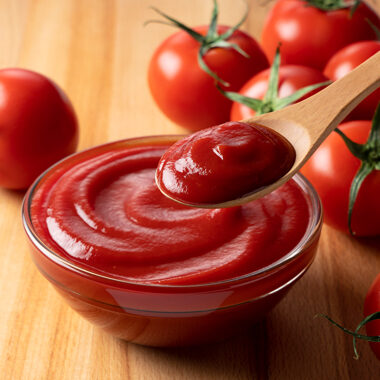
Sweetness (Sugar, Molasses, Honey):
This is where your sauce gets its charm. Sugar brings a straightforward sweetness, molasses adds a rich, deep flavor with a hint of bitterness, and honey offers a natural, delicate sweetness. Each has its own role, dancing with the tomato’s acidity to balance the sauce and round out flavors.
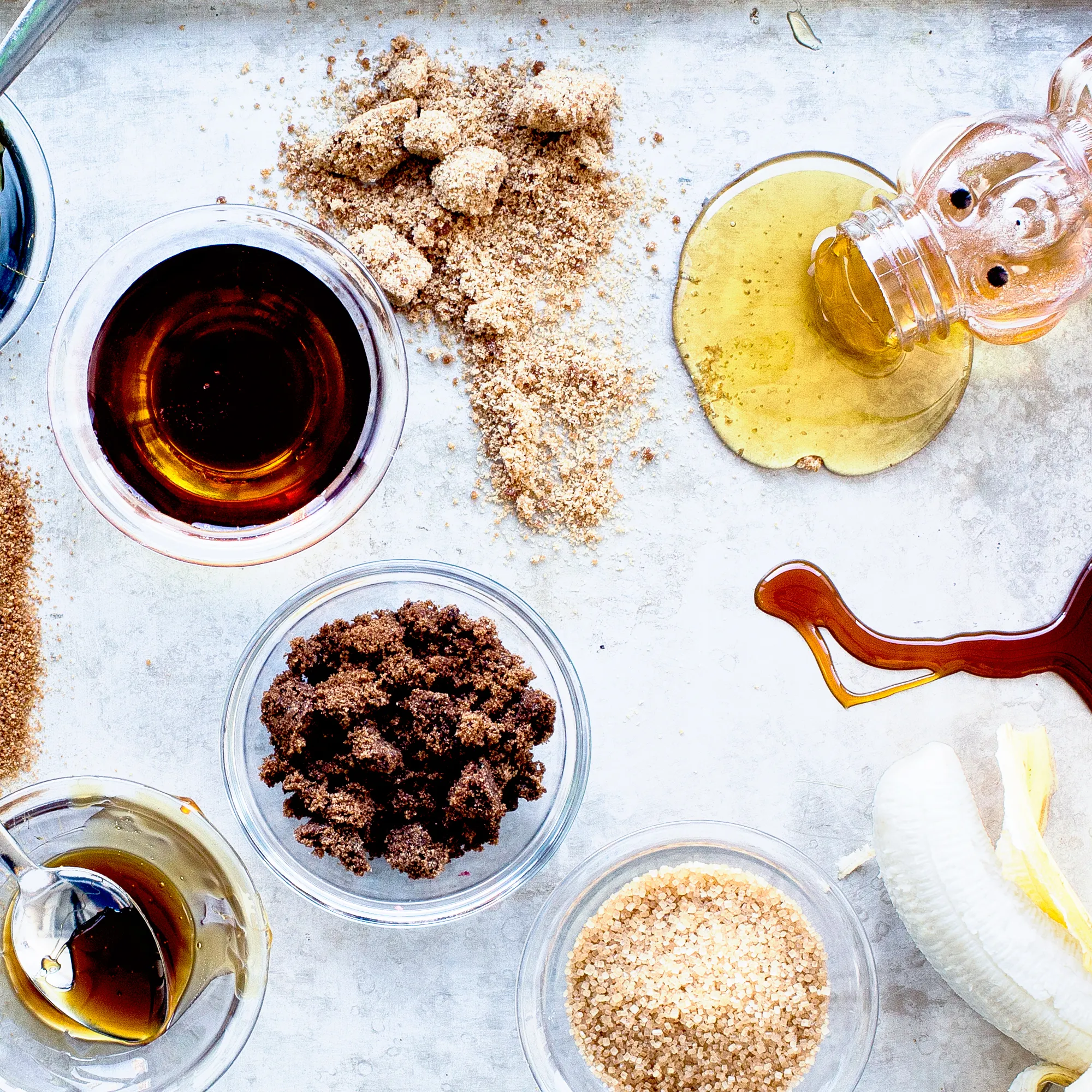
Acidity (Vinegar):
The zing, the zest, the zip that cuts through the sweetness and richness. Vinegar not only balances the sweetness but also adds a layer of complexity. It can brighten up the sauce, making it more dynamic and ensuring it complements rather than overwhelms your BBQ.

Spices and Seasonings:
Salt and Pepper. Common ones are garlic powder, onion powder, smoked paprika, cayenne pepper, and mustard.

Worcestershire Sauce:
This is a key ingredient for adding umami and complexity. It’s a fermented liquid that brings depth to the sauce.
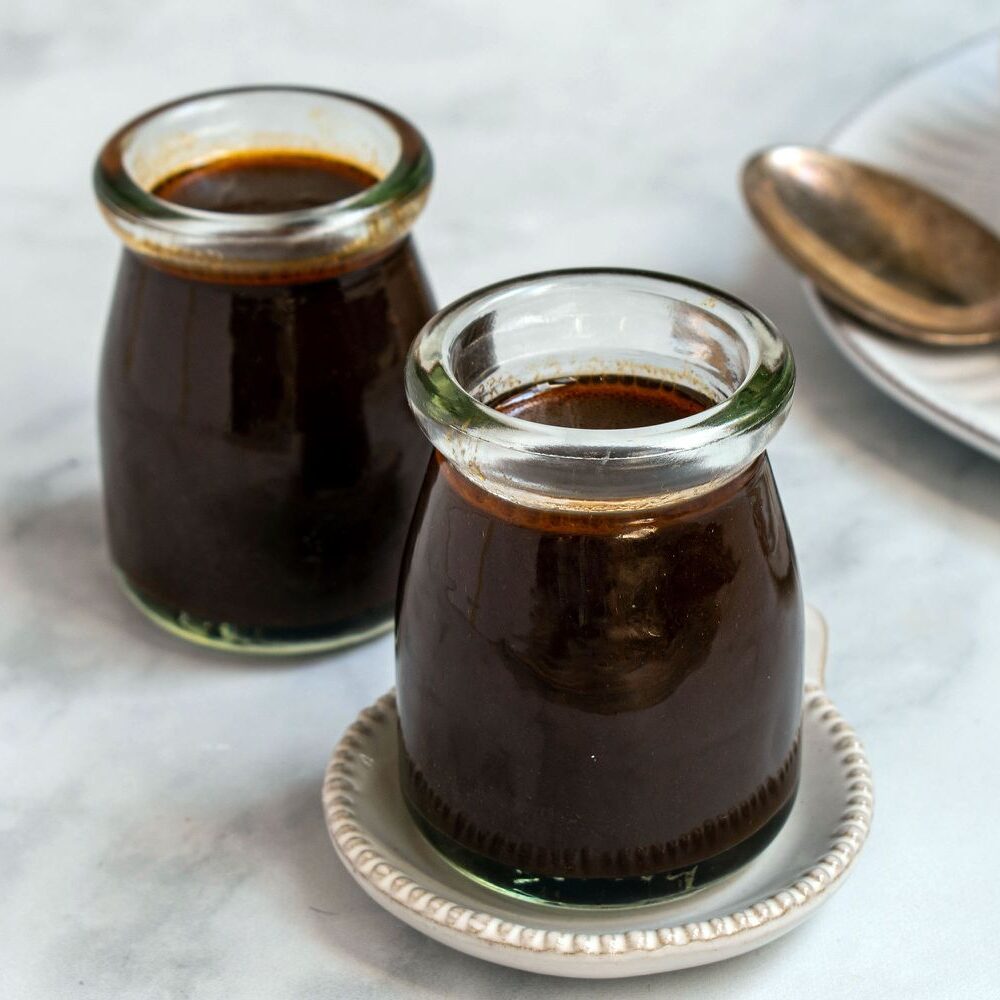
Liquid Smoke:
Optional, but it’s great for imparting a smoky flavor, especially if you’re not actually smoking your food.
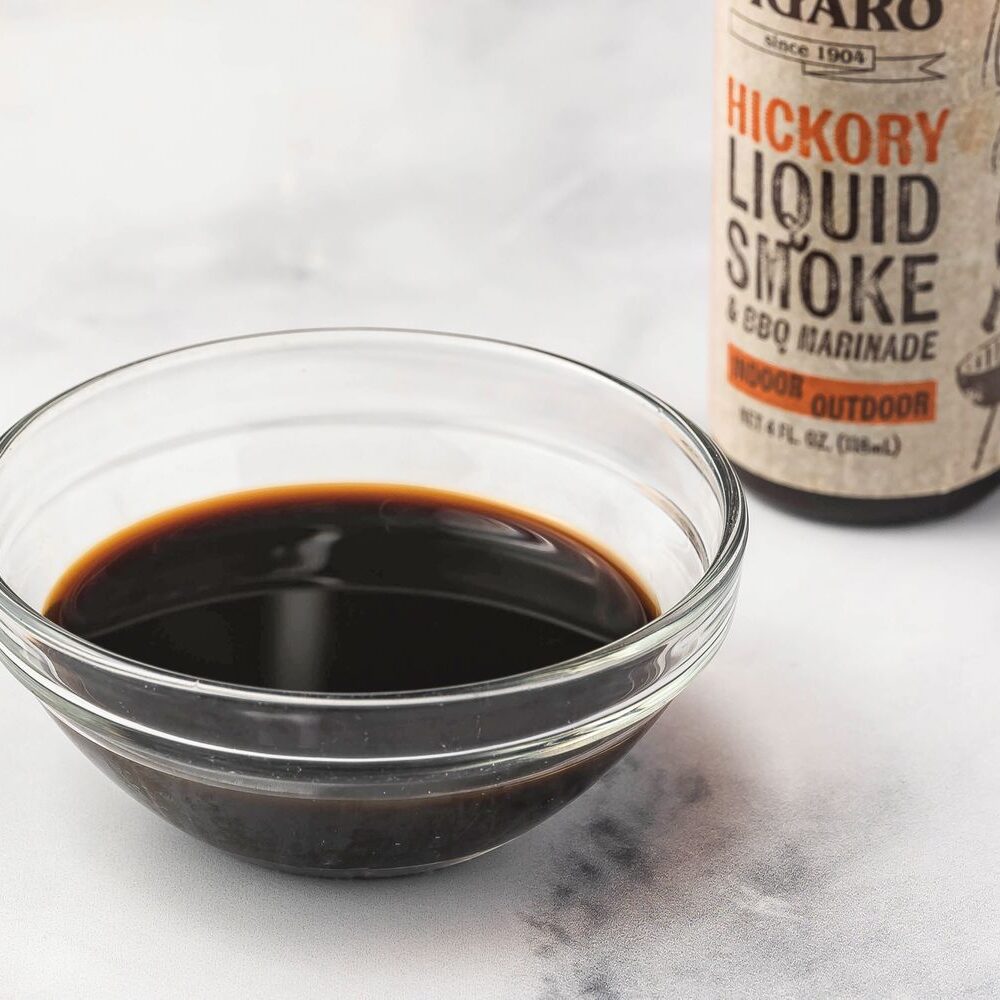
Flavor Enhancers:
BBQ sauce is like the United States itself—diverse and full of character, with each region bringing its own flair to the table.

These elements work in harmony to create a pleasing balance that prepares the palate for the spices and finishing touches you’ll add later. Barbecue sauce adds an alluring ballet of sweet, tangy, and savory flavors to every food.
Cooking Techniques in Making Your Own BBQ Sauce
Making the ideal barbecue sauce is similar to making a potion in that it requires the proper ingredients combined with the correct circumstances. Here’s a quick method to help you boil that sauce to perfection:
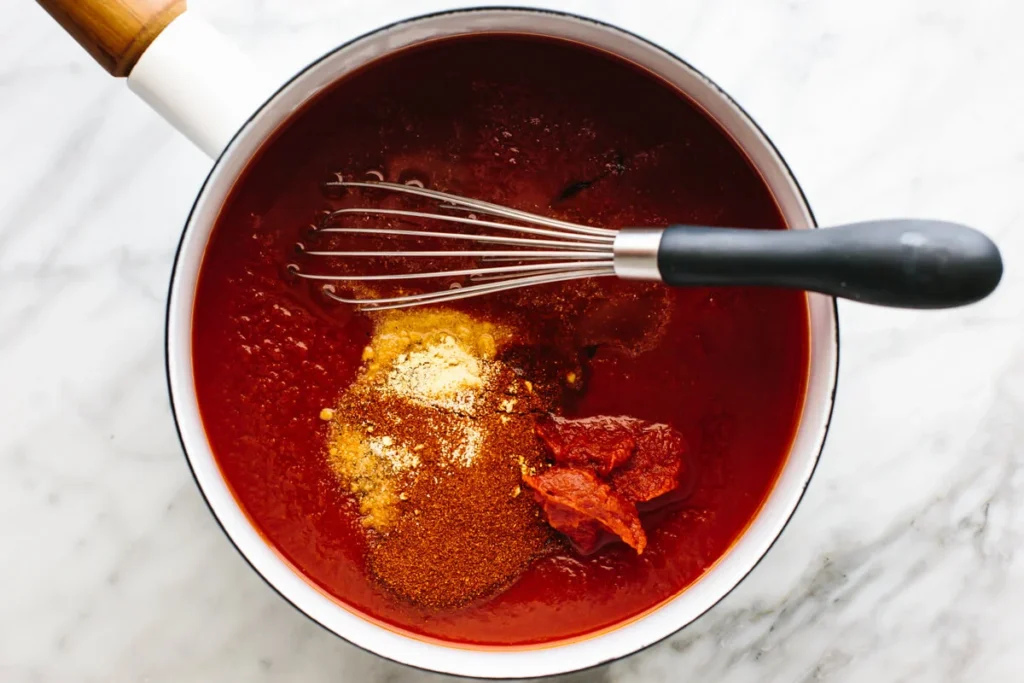
- Gather Your Ingredients: Have all your base ingredients and flavor enhancers ready. This means your tomatoes (ketchup or sauce), sweeteners (sugar, molasses, honey), acidity (vinegar), and all those spices and seasonings.
- Combine in a Saucepan: Start by mixing your tomato base, sweeteners, and vinegar in a medium saucepan. This is your sauce’s foundation, where all the magic begins.
- Stir in the Spices: Add your garlic powder, onion powder, smoked paprika, cayenne pepper, mustard, Worcestershire sauce, and liquid smoke. Whisk them together to ensure they’re fully integrated and ready to impart their flavors.
- Simmer to Perfection: Heat your mixture on medium, bringing it to a simmer. The key here is to let it cook slowly, allowing the flavors to meld together. You’ll want to stir occasionally to prevent sticking and ensure even cooking.
- Adjust Consistency: Depending on your preference for thickness, you might simmer it for anywhere from 10 to 30 minutes. If it’s too thick, a splash of water can loosen it up. Too thin? Let it simmer a bit longer, and it’ll thicken up.
- Taste and Tweak: This is where your personal touch comes in. Taste your sauce and adjust the seasoning if needed. More sweetness, a pinch more salt, or an extra dash of vinegar can make all the difference.
- Cool and Store: Once you’re happy with the taste and consistency, remove the sauce from the heat and let it cool. Then, transfer it to an airtight container. It can be refrigerated for up to a week or frozen for longer storage.
BBQ sauce can be used for more than just smothering ribs or basting chicken while it’s grilling. This adaptable condiment may improve a lot of foods, including savory, sweet, and smokey ones. Here are some inventive ways to use BBQ sauce that don’t involve cooking, along with ideas for vegetarian and meat-loving pairings:
Creative Uses for BBQ Sauce:
- Pizza Base: Swap out your regular pizza sauce for BBQ sauce for an unexpected twist. Top with shredded chicken, red onions, and cilantro for a BBQ chicken pizza that’s sure to impress.
- Sandwich Spread: Jazz up your sandwiches or burgers by using BBQ sauce as a spread. It adds a smoky, tangy layer of flavor that complements both meat and veggie sandwiches.
- Dipping Sauce: BBQ sauce makes a great dipping sauce for everything from chicken tenders to grilled vegetables. You can even mix it with mayonnaise or sour cream to create a creamy BBQ dip.
- Stir-fry Sauce: Add a splash of BBQ sauce to your next stir-fry for a smoky, tangy twist. It works great with a mix of meat and veggies, coating them in a flavorful sauce that’s not too overwhelming.
Meat Pairing Options:
- Pulled Pork or Chicken: These are classic pairings for BBQ sauce, benefiting from its rich, tangy flavors that enhance the meat’s natural juices.
- Beef Brisket: A smoky BBQ sauce can complement the deep flavors of brisket, especially when it’s slow-cooked or smoked.
- Ribs: Whether pork or beef, ribs and BBQ sauce are a match made in heaven. The sauce’s sweetness and acidity cut through the fat, making each bite irresistible.

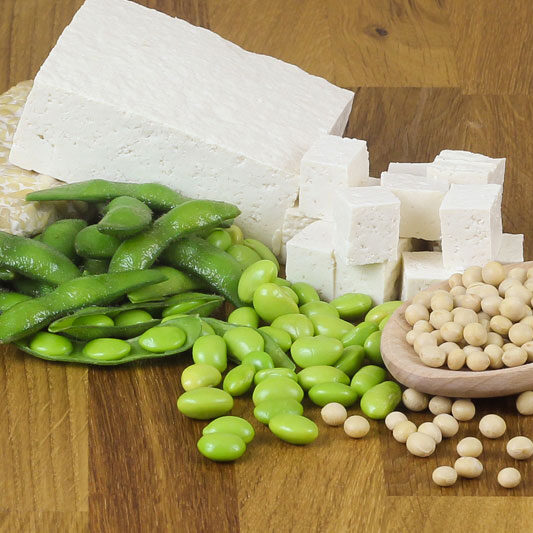
Vegetarian Alternatives:
- Grilled Portobello Mushrooms: These meaty mushrooms make a fantastic vegetarian option when brushed with BBQ sauce and grilled.
- Tofu or Tempeh: For a protein-packed vegetarian alternative, marinate tofu or tempeh in BBQ sauce before baking or grilling.
- Veggie Burgers: Elevate your veggie burgers by adding BBQ sauce into the mix or using it as a topping.
Trying different recipes with BBQ sauce might introduce you to an entirely new palate of flavors. Using BBQ sauce from the grill can give a tasty twist to both traditional and creative foods, whether you’re hoping to impress visitors at your next barbecue or liven up a weeknight supper.
Conclusion
It’s clear that BBQ sauce is more than merely a topping after we’ve sauced our way through its sour, sweet, and smoky facets—it’s a voyage through history, culture, and local pride. The complex and varied flavors of BBQ sauce were developed by European, African, and later cultural influences, from its humble origins using native methods. This makes BBQ sauce a symbol of the melting pot that is America.
There’s a barbecue sauce out there to suit every palette, whether you prefer the rich and sweet Kansas City style, the acidic and spicy Carolina vinegar foundation, the strong mustard flavor from South Carolina, or the unusual mayo-based Alabama white sauce. The study into BBQ sauce not only enhances our food but also strengthens our bonds.






